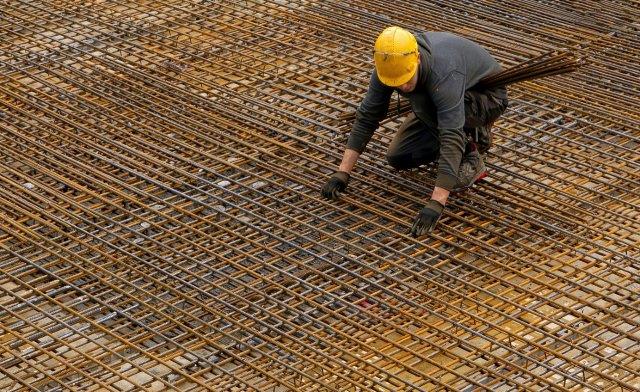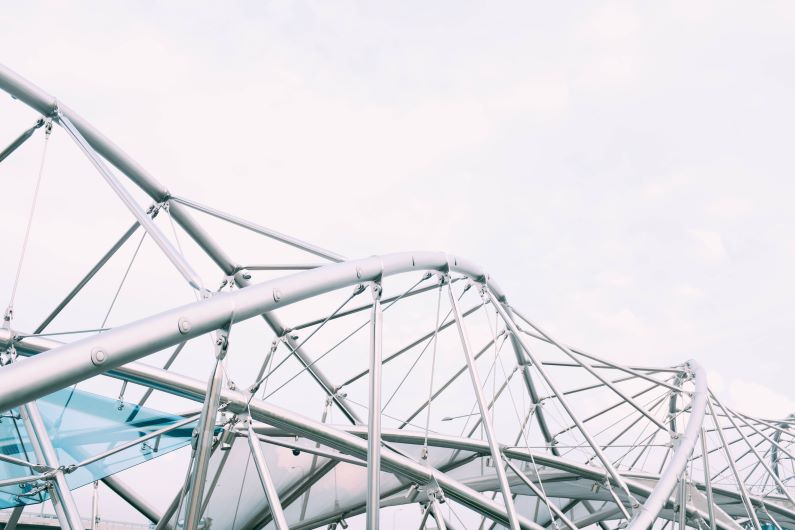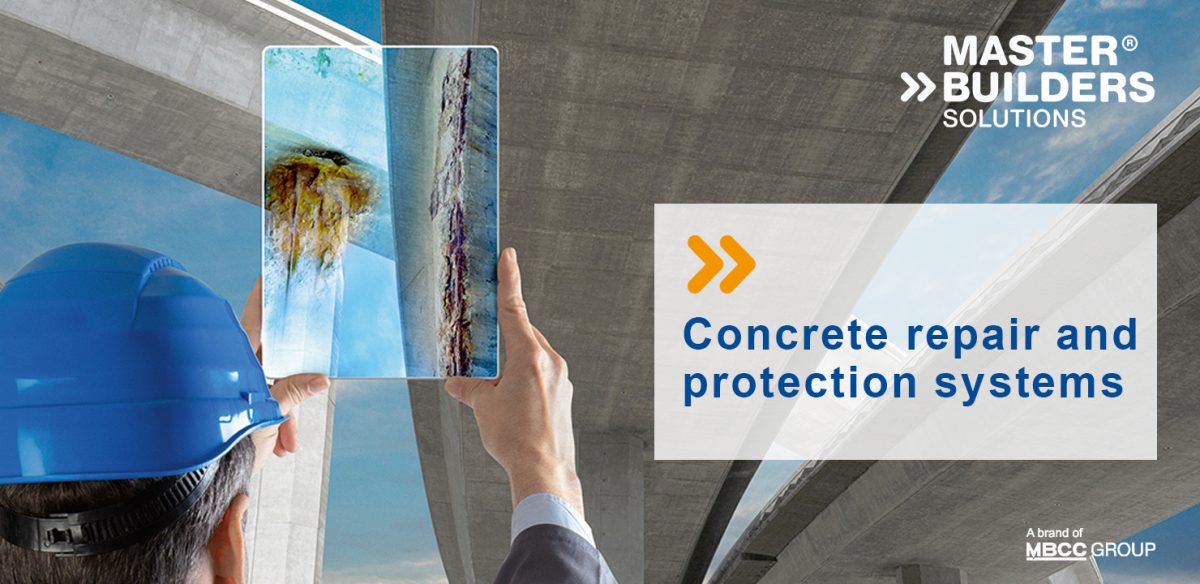
Most cost-effective and efficient method to minimise the risk of rebar corrosion
By Simon Norton, International Zinc Association Africa Desk
One of the most widely used modern construction materials, reinforced concrete is inexpensive, readily available, has a range of attractive properties and characteristics, and is suitable for a variety of building applications.
It is also used in a number of exposure conditions, for example near the sea, which in some cases highlights one of the main weaknesses of reinforced concrete. This is the potential for the steel reinforcement or rebar to corrode, resulting in concrete façade staining, cracking and ultimately failure of the surrounding concrete. For over 50 years, hot dip galvanized zinc coatings have been used to effectively and economically to protect rebar from corrosion.
Concrete is a porous material made up of small pores and capillaries through which corrosive elements such as moisture, oxygen, chloride ions and carbon dioxide can diffuse through the concrete matrix, change the pH of the concrete and eventually corrode the rebar. For each concrete mix there is a threshold level for corrosive elements, causing steel to depassivate and corrosion to follow.
Concrete itself exhibits good compressive strength, but has a poor tensile strength at about generally one-tenth of the compressive strength. When rebar steel rusts, its corrosion products are two to ten times more voluminous than the original steel, generating stresses that exceed the tensile strength of the surrounding concrete, causing it to crack and spall. Once cracking has occurred, the structural capacity of the concrete element may be compromised and costly repairs are needed to extend its useful life.
The most cost-effective and efficient method to minimise the risk of rebar corrosion is to ensure that the concrete cover over the reinforcement is of an adequate thickness (>50mm), and that the concrete itself is dense and impermeable. Another important line of defence is protecting the rebar itself by hot dip galvanizing. Hot dip galvanized coatings form an impervious metallic zinc and zinc alloy barrier around the steel, isolating the steel surface from the surrounding concrete.
Galvanized rebar offers many advantages over conventional unprotected rebar, including:
- Zinc has a higher chloride concentration threshold for corrosion than black steel. This significantly delays the initiation of corrosion from the ingress of chlorides to the galvanized rebar surface.
- The corrosion rate of zinc in concrete is lower than that of steel. Zinc corrosion products, once they form, do not create the same harmful internal stresses that occur when steel corrodes in concrete.
- Zinc coatings sacrificially protect steel, which means that, at any break or damage in the zinc coating, the surrounding zinc will corrode preferentially and electrochemically protect the adjacent exposed steel from corroding. As a result, a galvanized coating cannot be undercut by steel corrosion products as is the case with other barrier coatings such as epoxy paints
- The better corrosion resistance of galvanized rebar allows greater tolerance of concrete variability and placement.
- The zinc coating provides corrosion protection of the rebar prior to it being embedded in concrete which includes site storage exposed to the outside environment
These characteristics of galvanized rebar greatly reduce the risk of rebar corrosion, which causes rust staining, cracking and spalling of the concrete. Galvanized rebar extends the maintenance-free life of a concrete structure and greatly improves its overall lifecycle cost. For South Africa, this is especially critical at the coast, and consulting engineers should be designing coastal concrete structures with hot dip galvanized rebar to extend the life of the concrete.
More news
- CELEBRATING EXCELLENCE IN THE RESIDENTIAL PROPERTY SECTOR
- PART 4: GIBS PANEL DISCUSSES INTEMEDIATE CITIES ROLE IN AFRICA’S DEVELOPMENT
- EXPOSED AGGREGATE PAVERS COMPLEMENT NEW LIFESTYLE CENTRE
- GIBS PANEL EXPLORES ROLE OF INTERMEDIATE CITIES IN SA’S DEVELOPMENT PART 3
- CITI-CON’S CONCRETE KNOWLEDGE SUCCESSFULLY DEPLOYED ON NEW LANDMARK DEVELOPMENT





